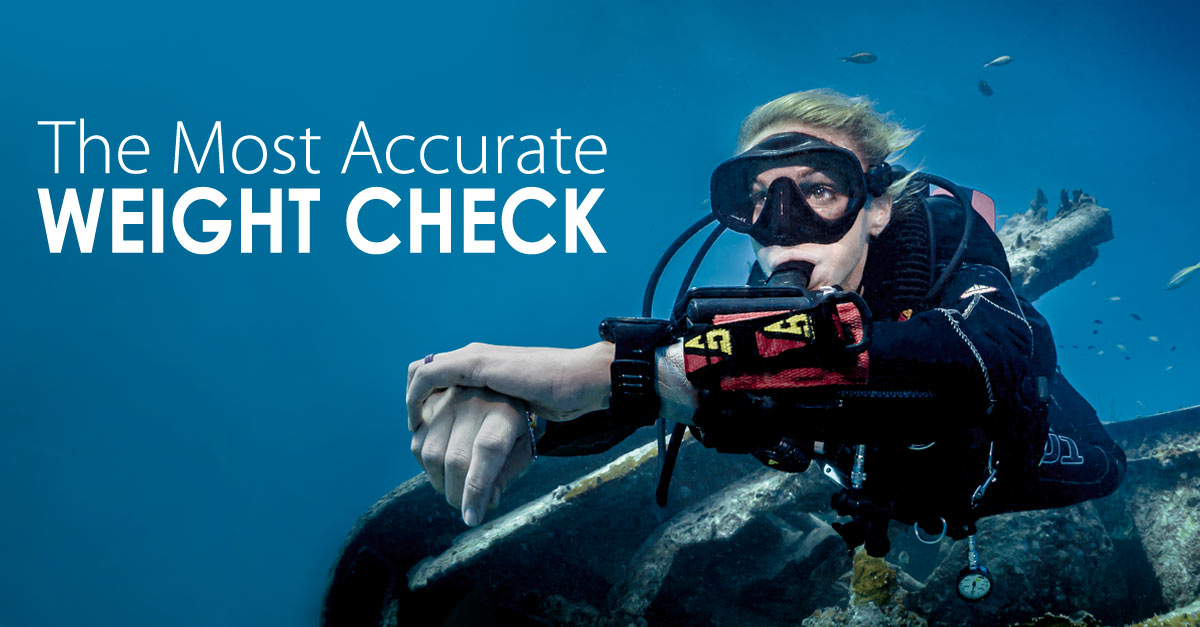So normally you’d use your previous dives or a calculator to get a good estimate.Thank you very much guys. Unfortunately I have never done any weight checks so far. My instructor never asked me to and never taught me. I never thought about it. Recently I got in touch with some technical things and wanted to go into that direction. That´s how I found this balanced rig calculator and read about how important it is to be properly equipped with suitable weights.
Then you’d ask your buddy to carry a few weights he can give you and you’d carry a few weights you can give.
At some point, when it is safe to do so, you’d either try to hold a stop or start a descent and make sure you can hold a stop while breathing normally.
You want to find the minimal amount of lead so you can descend and hold a stop
If you do a weight check with more gas than 50bar then you need to remove the weight of the gas itself as you’d be heavier. If you dive a drysuit, don’t do a weight check with a totally empty drysuit, because you’d not want to do stops with no air in the suit as it’d very cold: use what you’d use for a normal stop.
Then you probably want to add a tiny bit more lead more than your ‘perfect’ weight so you don’t end up at the surface accidentally.
If you do your weight check in fresh water, you need to know your delta between fresh and sea water.
I think this website explains better than I do:

The most accurate weight check -
Want to get your weight right? You need to read this one. Learn all of the ways you can conduct a weight check and how different factors affect the amount of weight you’ll need. Proper weighting can make or break your buoyancy so this isn’t an area where you should just wing it.






